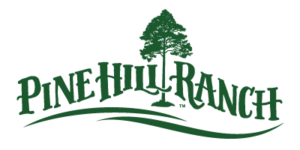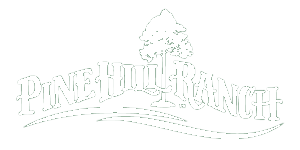Learning to care for a horse is an incredible experience. Once you start, you will find that you are picking up a lot more than just riding strategies. This is why horse riding is one of the best outdoor activities for kids. Teaching children to ride horses is a surprisingly educational hobby. It teaches them how to care for another living thing, how to listen to the horse’s body language, and how much work it takes to form a genuine bond
One crucial part of horse care is learning how to establish a healthy bond. Use this guide to learn about caring for your horse and build up a relationship through communication and a few useful exercises.
The importance of body language
Everything you do with your horse builds the bond that you two share, sometimes positively and sometimes negatively. Learning what activities your horse is ready for and comfortable with relies largely on your ability to read their body language. After all, that is one of the only ways a horse can communicate with you. Learning the unique body language of your horse is a crucial step in learning how to take care of them.
Even if it does not feel like it, you and your horse are always “talking” when you are near one another. If your horse tenses up when you begin stroking their back, for example, that is a sign that the horse is not quite ready prolonged physical interactions. Understanding body language signs such as this can help you strengthen your bond as you learn more about horse care. In this case, it might mean that you should focus on desensitizing your horse to stroking and then associating your presence with positive attention, warmth, and safety.
By paying attention to how your horse communicates, you can tailor your exercises to their needs and earn their trust as a result. Every movement is essential in body language, but a few key areas to pay attention to are how the ears are cocked, how the nostrils are flared or pinched, if the eyes look angry or scared, if biting is occurring, and how the head is held.
Put some indoor exercises to use
On those stormy days, when outdoor rides and training sessions are not possible, there are many great bonding exercises you can use in the stall or any indoor area.
Get your horse used to footwork
A critical exercise for horse care and bonding is gaining the trust to handle their feet. The goal is to make your horse comfortable with you lift up their legs without resistance. It is best to start slow if your horse is not used to this. Simply place your hand on your horse’s front foreleg and slowly move it down. Stop whenever the horse gets anxious.
Over multiple sessions, make your way farther and farther down the leg until you can reach the fetlock. Then you can start teaching them to lift their legs on cue whenever you squeeze and pull up. Once you accomplish this, you can move on to your horses’ back legs.
Practice haltering your horse
You do not want your horse to associate you entering the stall with work. This may preclude a stronger bond from forming. Instead, take this moment to enter the stall, place the halter and lead rope on the horse, and then stand with the horse for a few minutes. Spend this time to let your horse get used to your presence, recognizing that just because the halter is on does not mean work is coming. You can rub your horse’s neck or speak in a positive voice to make it clearer that you are trying to establish a friendly bond.
Strengthen your bond with touch exercises
Another excellent method to increase your bond with your horse is to practice touch exercises. As the name implies, these involve getting your horse used to physical contact and objects that may otherwise frighten them. Here are a couple of useful places to start.
Stroking
Just as footwork gets your horse used to their feet being handled, stroking gets them used to different parts of their body being touched by you. The process is pretty straightforward. Simply use both of your hands to stroke your horse’s body. Pay attention to changes in temperament, and focus on sensitive areas as well, such as below the tail, by the eyes, mouth, groin, and nipples. You can also use a whip or bag to stroke the horse to get them used to new objects. This is an essential part of horse care.
Grooming
When you groom your horse, you get to focus less on desensitization and more on friendship, which is just as important as you learn how to take care of a horse. With this exercise, rub and scratch the spots that your horse enjoys, often the area around the withers, mane, and shoulders. This exercise shows the horse that you are a friend and that your presence can be associated with pleasure.
Western and English Riding Lessons Near Me
Join us for a world-class experience at The Pine Hill Ranch. Whether you are brand new or a seasoned rider, The Pine Hill Ranch in Little Rock, Arkansas has so much to offer. We have lessons available for everyone no matter how much experience you have with horses. We look forward to being a part of your experience with building a relationship with one of our extraordinary horses, to schedule your lesson today click the link to our riding lesson website page!

